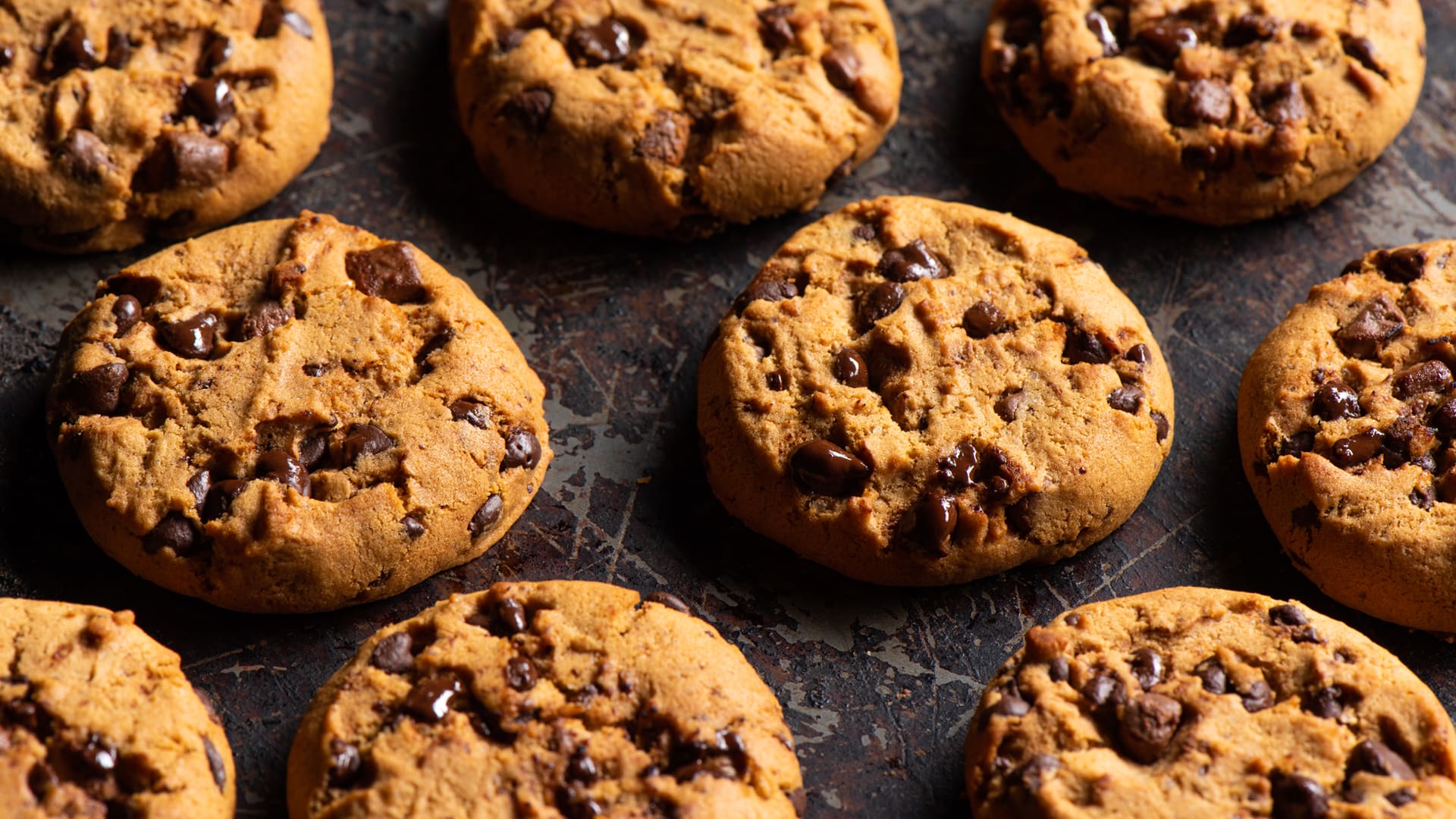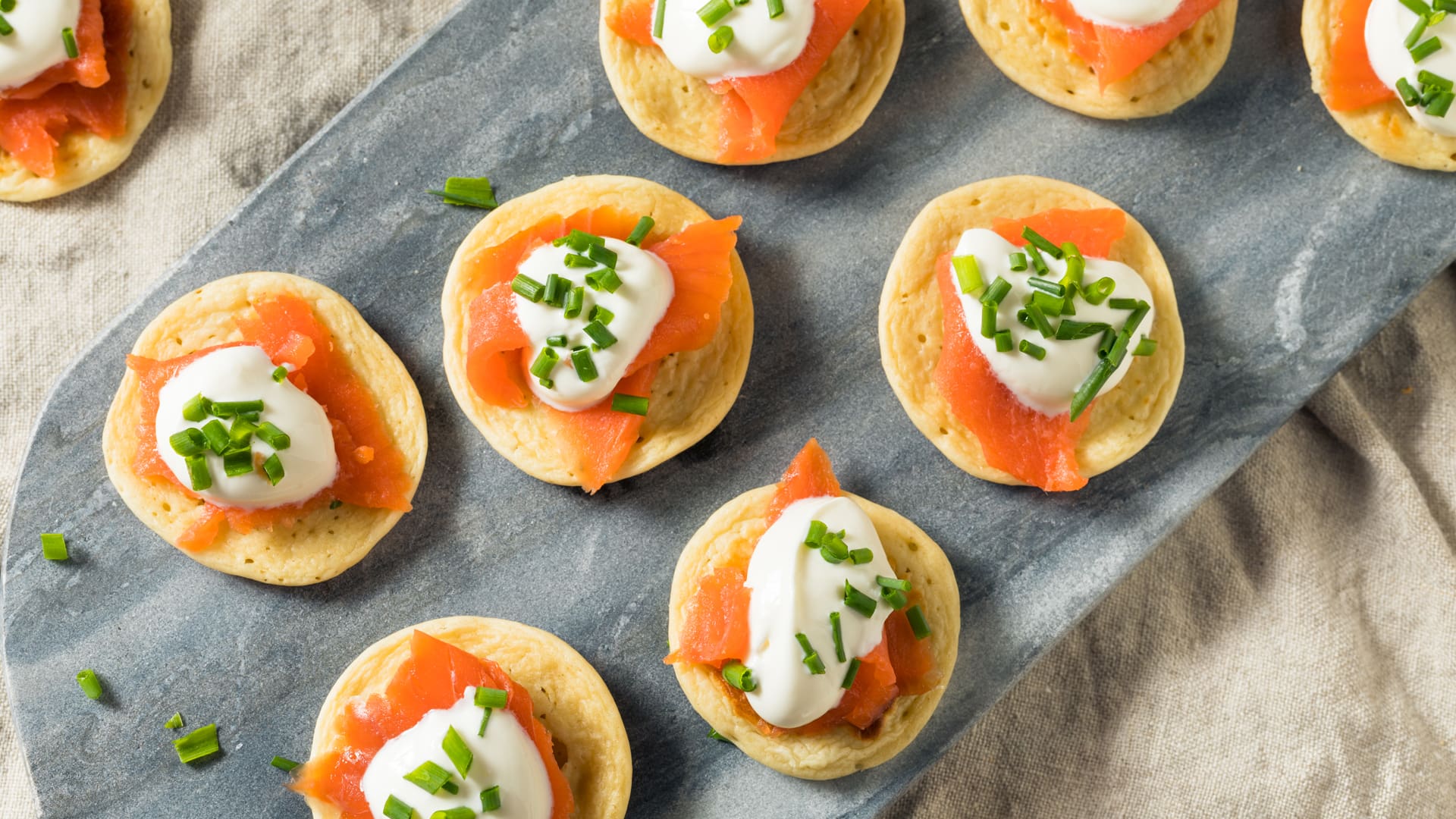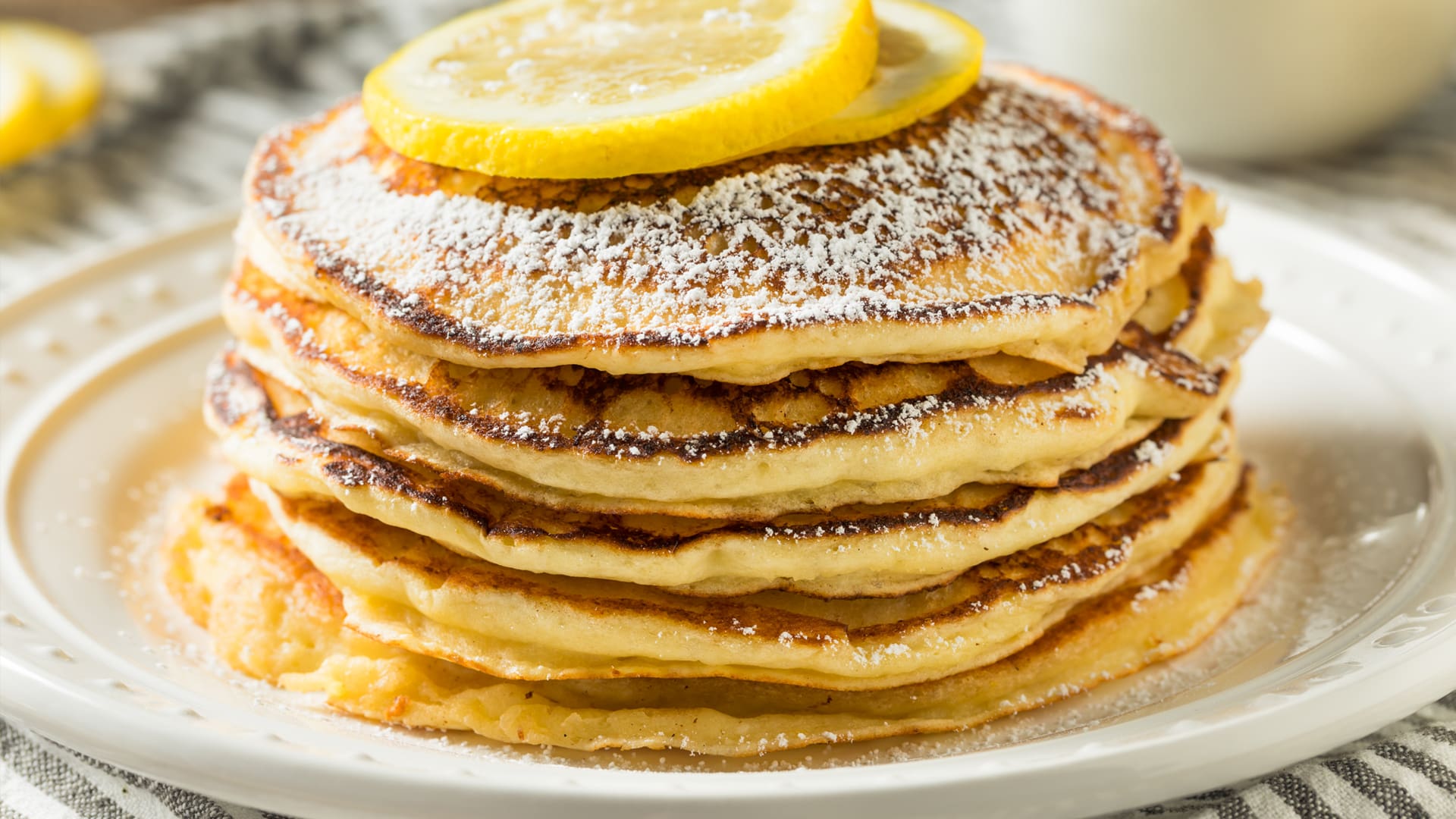July 2025
Coeliac Australia’s updated position statement encourages an individual approach to the inclusion of pure oats in the gluten-free diet. The following Q&As are intended to supplement the position statement and provide additional information. Read the position statement here.
What has changed in Coeliac Australia’s advice on the suitability of oats for those with coeliac disease?
Previously, oats have not been encouraged in the gluten-free diet in Australia. We are now encouraging those with coeliac disease to proactively discuss the suitability of pure oats with their medical team.
While it is known that a small percentage of people with coeliac disease may react to oats, there is great nutritional benefit to those who are able to tolerate them. The gluten-free diet commonly lacks fibre and other important nutrients; the addition of wheat-free, uncontaminated, pure oats to a gluten-free diet can help address these inadequacies. Overseas, an improvement in quality-of-life scores has also been reported in those who include pure oats in their gluten-free diet.
A small bowel biopsy pre- and post-oat challenge has previously been prescribed as an essential part of the oat challenge. While biopsies may still be appropriate in some people, it is important that there be individual discussion with your medical team to determine the best way to monitor oat tolerance for you.
Is the gluten-free standard changing? And will Oats be permitted in ‘gluten-free’ foods?
Short answer: No.
The gluten-free standard legislated by Food Standards Australia New Zealand (FSANZ) which requires oats to be declared as an allergen in Australia and New Zealand, remains unchanged. Products that contain oats cannot be labelled ‘gluten free’ in these 2 countries.
If I want to try pure oats, how should I be monitored?
If it is decided that I should have a biopsy supervised oat challenge, what should this look like?
If I want to try oats, how much should I have?
You say that up to 10% of people may react to oats – this seems like a lot
Other FAQ’s
How can I choose / identify suitable (pure) oats?
Only specially produced oats that are free of wheat, rye and barley contamination may be suitable for those with coeliac disease.
While overseas you will find uncontaminated oats labelled as ‘gluten free’, there is no legislation in Australia mandating what uncontaminated or pure oats should be called. This can make it difficult to confidently identify oats that have been specially produced to be free of wheat, rye and barley contamination (pure oats).
Some terminology that is used includes ‘wheat free’, ‘uncontaminated’, ‘low gluten’, and ‘pure’, but the terminology is used inconsistently leading to ambiguity and confusion. For example, ‘wheat free’ may be used on a product where rye and/or barley contamination may still be an issue. Please check the ‘May Contain’ statements on the oat packets. There should be no “may Contain” statement for wheat, rye or barley. Check the brand websites, or contact manufacturers, to determine if they test for gluten cross contact and if this is below 3-5 ppm or the international standard of 20ppm.
If an oat is labelled ‘organic’ does that mean it is suitable?
No, an ‘organic’ claim indicates the oats have been grown without pesticides; this in no way ensures they have been grown to be free of wheat, rye or barley contamination.
How is oat avenin different to the prolamins in wheat, rye and barley?
The term ‘gluten’ is used to describe the grain storage proteins from wheat, rye and barley that are toxic to people with coeliac disease. There is a similar protein in oats called avenin. However, oats are less toxic to people with coeliac disease because there is not much avenin in oats, and the avenin present is less likely to trigger harmful immune responses compared to wheat, rye and barley.
What does it mean when oats are labelled ‘gluten free’
This terminology is used overseas. The Australian food code differs to the regulations in Europe, UK and the USA, where oats can be marketed as ‘gluten free’.
These oats have been grown under specific conditions to reduce the cross-contact with wheat, rye and barley grains. The current enzyme-linked immunosorbent assay (ELISA) used to test for ‘gluten’ in food can measure gliadin, hordein, and secalin, found in wheat, barley and rye.
This test can determine if any grains from wheat, barley or rye have been mixed in with the oat grains. To be labelled gluten free overseas, the contamination with wheat, rye or barley grains must measure less than 20ppm (parts per million).
FSANZ prohibits the use of a ‘gluten-free’ claim on oat-containing products. There is no suggestion that the current food code be amended to allow oats to be labelled ‘gluten free’ in Australia.
Is gluten-friendly allowed?
No, due to its ambiguity, gluten-friendly is not a permitted term on oats or any food product per the food code. Only ‘gluten-free’ or ‘low gluten’ claims are permitted on food products. FSANZ Products containing oats cannot be labelled ‘gluten free’ in Australia and New Zealand.
What is the latest Australian research into oats?
The study at WEHI into oat safety has now been completed, and the results were published in February of 2025 https://pubmed.ncbi.nlm.nih.gov/39961645/
The study concluded that “gluten-contamination-free oats can trigger acute dose-dependent immune and symptoms responses, but usually at a level insufficient to cause sustained symptoms or enteropathy (abnormality). In 1 of 29 (3%) participants, oat avenin triggered a pro-inflammatory wheat-like response, highlighting that a minority of CD patients may need to exclude oats. Informed choice regarding oats ingestion in coeliac disease is important”.
A study is also being mapped out to review and guide future approaches for the introduction and monitoring of those with coeliac disease who wish to trial pure oats. With this study, we hope to find answers to some of the questions that remain and guide standard practice in this space.
Health Advocacy Officer
Download Now





